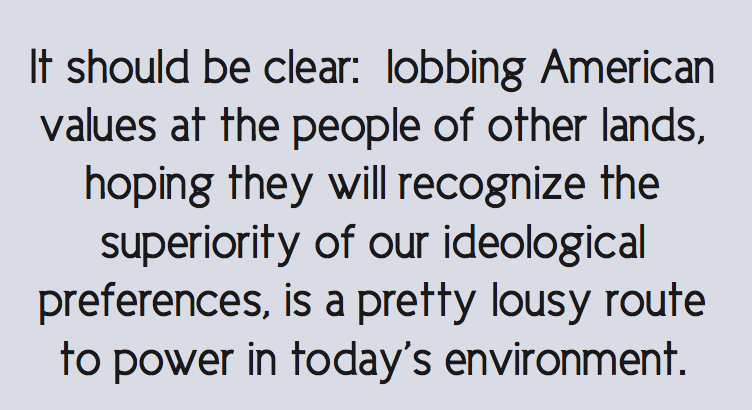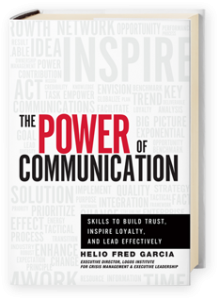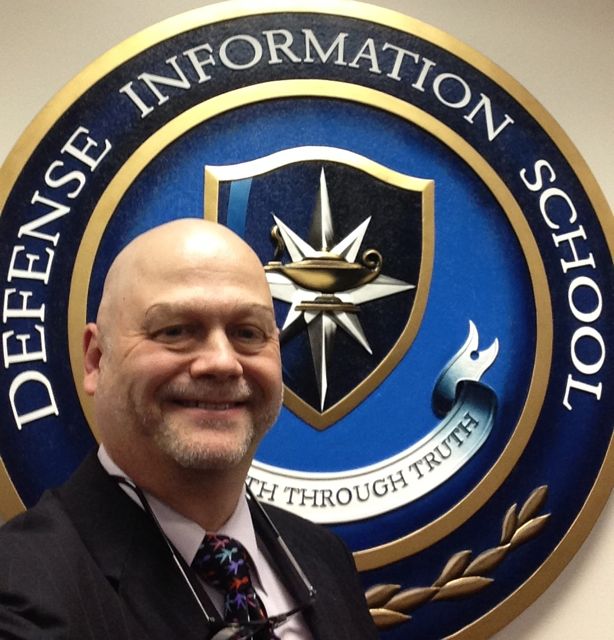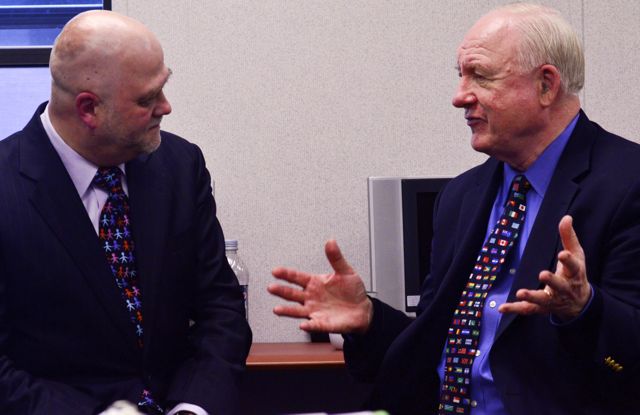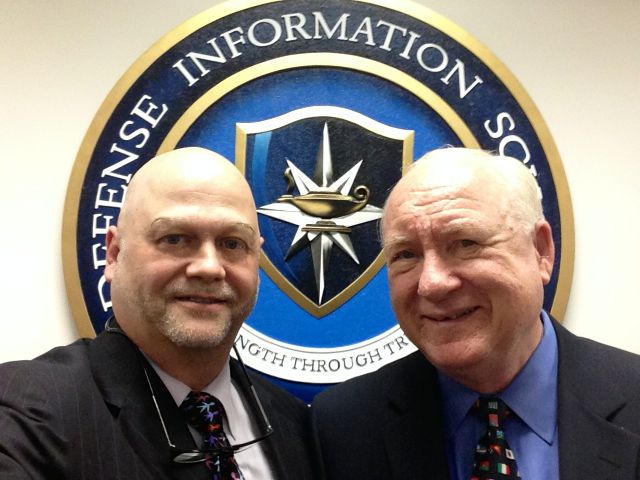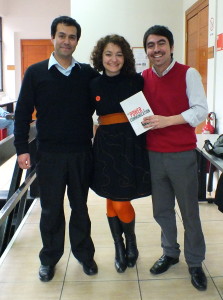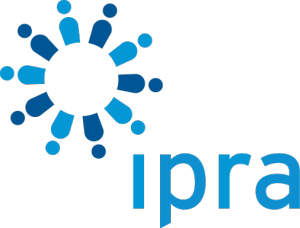| Helio Fred Garcia | Bio | Posts 17 Jul 2014 | 5:48PM |
One of the joys of teaching in NYU’s MS in PR/CorpComm program is the ability to work with very smart graduate students, in the classroom, as advisor in their capstones (theses), and as a mentor. Some of these students have great potential, and I’m certain represent the future generation of leaders in the field.
This year I had a bumper crop of capstone advisees (six), who offered some significant insights into some very important topics. Over the next several months I will be sharing some of their insights.
I’m delighted today to share a guest blog from one of these students, Julia Sahin, who graduated in May. I had the good fortune of having Julia in my Strategic Communication course and then to supervise her research and writing on her capstone.
Julia chose a challenging topic: Reputational Effects of Regulatory Action on Mega Banks: A Comparative Analysis of Goldman Sachs’ Abacus and JP Morgan’s Squared. To be able to do that, she had to develop a deep understanding of reputation in general, regulation of the securities markets, the particular transactions that drew regulatory concern, each of the banks’ reactions to it, and the consequence on the banks’ reputations. You can see her capstone here.
Along the way she developed insights that go well beyond the two banks and their regulatory settlements. She provides insights that all financial institutions can harvest and from which all communication professionals can benefit. I commend them to you here:
On Reputation…
By Julia Sahin
A few weeks ago, Makovsky issued its 2014 Wall Street Reputation Study. The research found that the recession is still a primary reason that financial institutions continue to be perceived negatively. I believe the financial crisis is where it started, but not where it ended. From my research on the reputational effects of regulatory action on banks, I found two other reasons.
The first is additional crises and wrongdoing.
Financial institutions continue to make headlines because of illegal and/or unethical behavior. This includes guilty verdicts and settlement agreements. One institution’s association with this behavior has an overarching impact on other institutions and on the industry. Most recently, the culprit is Citi.
The second is how financial institutions handle them.
There is no doubt that reactions, responses and remedial actions have improved since 2009. But the accrual of poor crisis management, past and present, is still a pain point.
All of this stems from the industry’s delayed realization that it had a reputation problem after the onset of the economic recession. One financial journalist I interviewed spoke about a period of denial that banks went through in 2010 and 2011. The banks thought it was business as usual, but everyone else knew the business environment had changed dramatically.
Three years later, the banks have accepted the change, but have only recently begun to work on their reputations.
 David Weidner, of Wall Street Journal’s “Writing on the Wall” column, wrote that banks have put reputation management on the back burner because it’s not seen as a priority. Their services are a necessity to clients who will continue to pay for them regardless of public perception.
David Weidner, of Wall Street Journal’s “Writing on the Wall” column, wrote that banks have put reputation management on the back burner because it’s not seen as a priority. Their services are a necessity to clients who will continue to pay for them regardless of public perception.
While this is true, a quality reputation is a competitive advantage. It evokes a more favorable view from the stakeholders who are important to the banks. For example, a better reputation means…
- …less regulatory action and regulation.
- …a better foundation of trust for relationship-based services (an industry trend).
- …less biased media coverage.
- …employment candidates of a higher caliber, who are flocking to the tech space these days.
- …an engaged workforce, meaning increased productivity.
- …less attention from the Hill.
- …more capital from premium stock and product prices.
- …less attention from activist investors.
- …better analyst reviews.
- …less public scrutiny.
A number of professionals who are immersed in this every day, and I, agree that now is the time for financial institutions to concentrate on repairing their reputations.
On simplifying the complexity…
The finance industry is unique in that it has a challenging regulatory environment and extremely complex products. Turning around the sector’s reputation, or an individual institution’s reputation, seems overwhelming. Communicating with stakeholders differently seems daunting.
Three things need to stay top of mind:
First, it will take time.
Second, the problem won’t fix itself.
And third, tackling different segments one at a time will contribute to the whole.
The question is how to take on such a large feat for a giant institution whose reputation may not be a priority.
The solution is stakeholder management. By looking at an institution’s stakeholder list, the benefits of an optimal reputation should be clear. Those benefits should be tied to business goals, and should be the reason to initiate the program. Then, work backwards from the optimal state, then forward, to achieve it.
Breaking down the complexity of a reputation program into moving parts, motivated by business benefits, is the best first step. The list above can be a good starting point.
……………………………………………..
Your feedback is welcome.
Fred












